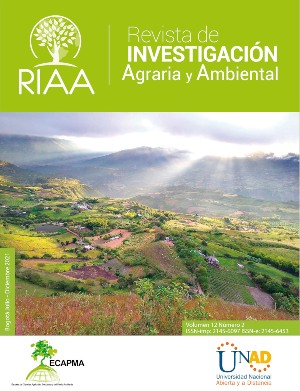Sowing depth and seed size on mung bean seedling performance
Contextualization: The mung bean is widely cultivated in Asia and Brazil, it has emerged as an option for cultivation in the second crop in the Central West Brazil, especially rotation with grasses is intended; however, the uneven and slow emergence of mung bean seedlings can lead to delays in the development of the crop and impair the final stand.
Knowledge gap: Some of the conditions that affect the initial establishment of the crop are the sowing depth and the size of the seed. These factors are still under discussion in the scientific environment, especially for a culture recently introduced in Brazil.
Purpose: the objective was to evaluate the effect of seed size and sowing depth standardization on the performance of mung bean seedlings.
Methodology: The trial was conducted in a Red Latosol, with Aw climate, average annual rainfall of 1300 mm and bimodal distribution. The experimental design used was completely randomized, in a 2 × 3 factorial scheme with 8 replicates of 25 seeds, totaling 48 plots. The factors analyzed were two seed size (3 and 4 mm) and three sowing depths (1, 2 and 3 cm). The emergency speed index (ISE), non-emerged seedlings, normal seedlings, fresh mass, dry mass and seedling length were evaluated. The data were submitted to variance analysis and, when significant at 5% probability, a Tukey test was applied to compare the means of the factors under study.
Results and conclusions: It was verified that, when sown at 1 cm depth, the seeds of mung bean have lower ISE, however, they obtained a lower percentage of seedlings not relevant for the study, and a higher percentage of normal seedlings emerged than at a depth of 3 cm. Thus, the most recommended depth for the sowing of mung beans was 2 cm, regardless of the size of the seed used. The seed class of 4 mm allowed the development of seedlings with higher dry matter accumulation.









